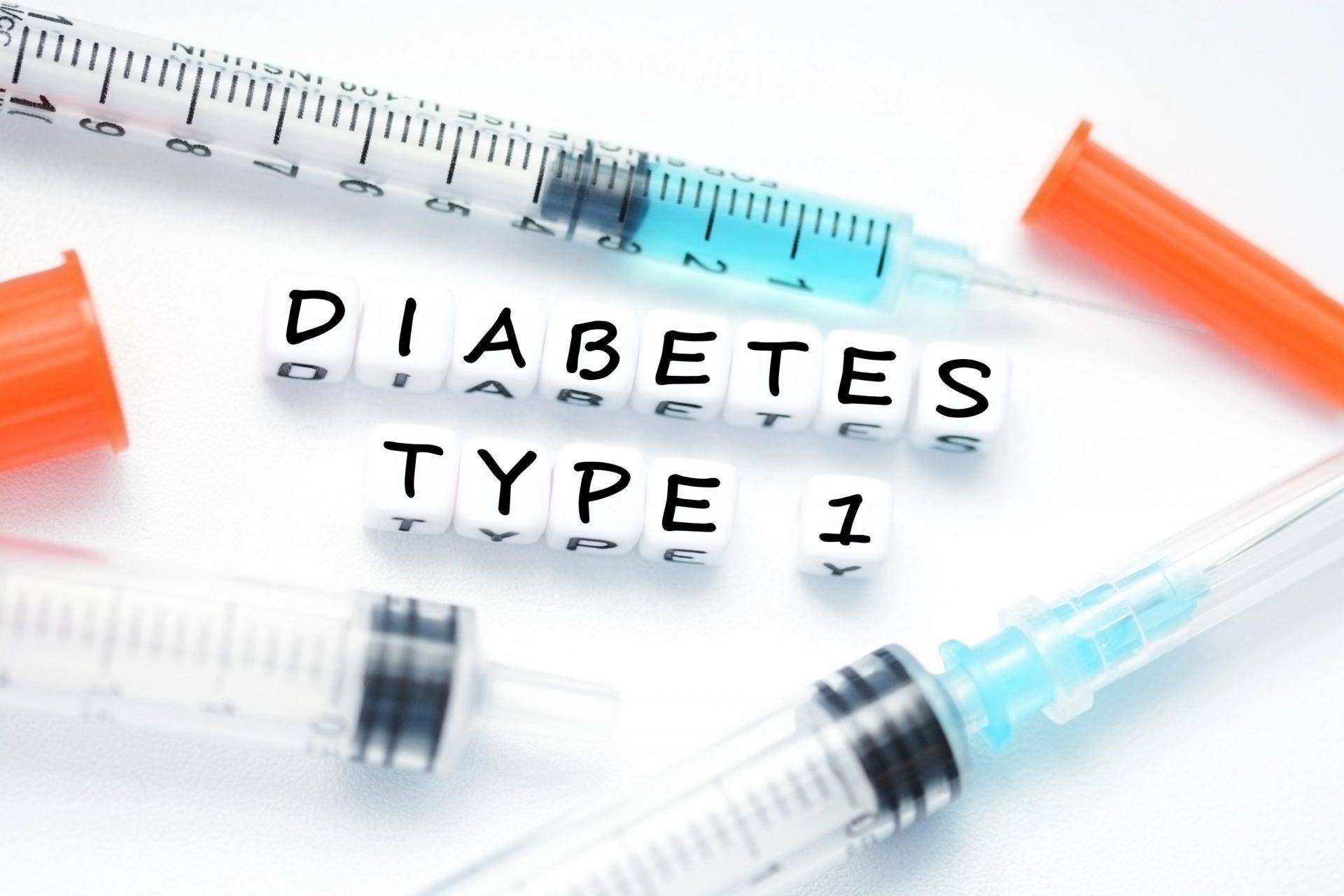Type 1 Diabetes
Type 1 Diabetes is a metabolic disease and chronic condition that affects many parts of the body. Depending on the type of diabetes, the body either cannot produce insulin itself (type 1) or is unable to use the insulin it produces properly (type 2). Type 1 diabetes is also called “juvenile” (young) diabetes.
Insulin is a hormone – a chemical messenger that is transported in the blood and regulates important body functions. Without insulin your body cannot get the energy it needs from the food you have eaten.
This vital hormone is usually produced in the pancreas and released into the bloodstream. Here it enables the sugar (glucose) in our food and drink to be transported into our cells and converted into energy for our bodies. Without insulin our bodies cannot use the sugar in our blood, so the sugar builds up there. Very high blood sugar concentrations cause a number of symptoms.
People with type 1 diabetes have to inject insulin on a daily basis because their pancreas can only produce insulin in very small quantities, or can’t produce any insulin at all. Insulin therapy helps prevent strong fluctuations in blood sugar levels and the unpleasant effects of high and low blood sugar. It is also intended to prevent complications that may arise as a result of high blood sugar levels.
If blood sugar (glucose) becomes and stays very high (hyperglycemia) it can cause the following problems:
-
Frequent urination
-
Extreme thirst
-
Tiredness and listlessness
-
Nausea
-
Dizziness
Type 1 diabetes is more common in certain families. This means that some people have a higher risk of developing diabetes because of their genes. Other things are believed to play a role too, for example particular infections or environmental factors. But it is not clear what exact role they play.
In Type 1 diabetes, the focus of treatment is to monitor blood sugar levels every day and regularly use insulin. Insulin therapy makes up for the lack of insulin in the body and lowers the concentration of sugar in the blood. It is important to avoid using too much or too little insulin, to prevent blood sugar levels from getting too low or too high. Treatment also aims to prevent long-term complications associated with diabetes as much as possible. There are different types of insulin and different treatment approaches.

